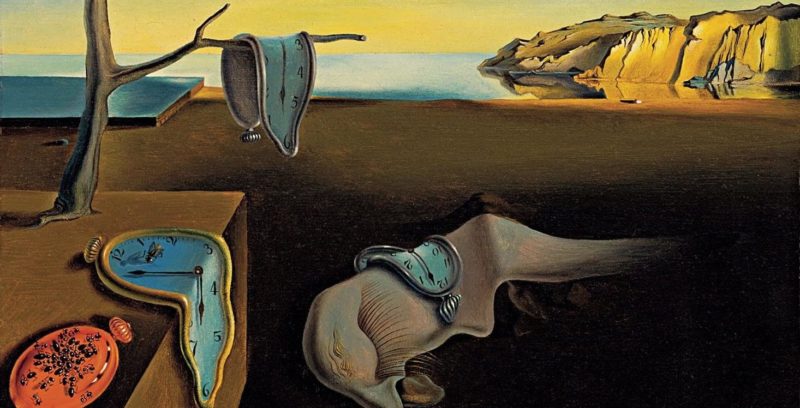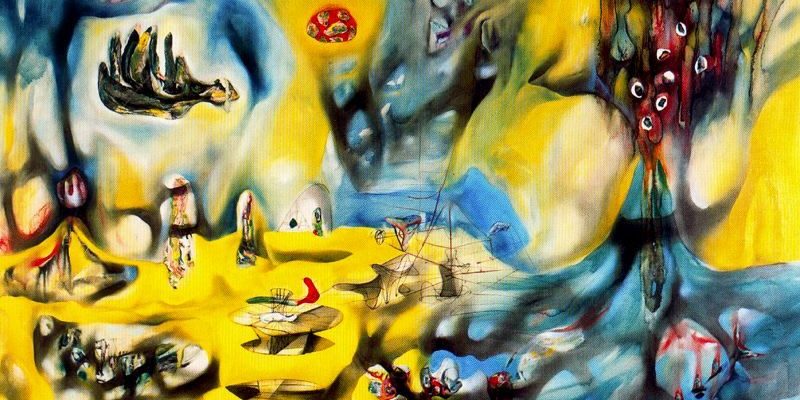We explain what avant-garde is, when it emerged and its characteristics. In addition, the movements that he developed, his works and main authors.
What is Avant-Garde?
Avant-garde is a set of diverse artistic movements that emerged at the beginning of the 20th century , in a very convulsed context at the political, economic and social level. It had its greatest development in Europe (especially in France ) and, later in Latin America (especially in Argentina and Mexico ).
The term vanguard (of military and political origin) means “advanced guard” . It began to be used as a metaphor for the cultural attitudes of the late nineteenth century, especially the literary and artistic currents, which confronted the current established order.
The avant-garde represents an art impregnated by radicalism and political, social and aesthetic criticism, which is why socialist , anarchist , communist and apolitical ideologies were frequent among avant-garde artists.
The artists, their ideas and their diversity of styles, were accepted collectively among the avant-garde, as a shield against the rest of orthodox society . The avant-garde refers to a group, not just an innovative individual.
Historical context of the avant-garde
The avant-garde emerged at the end of the 19th century in the midst of a religious, philosophical and cultural crisis that unleashed the discrediting and destruction of various traditional signs and values .
At the beginning of the 20th century, the great tensions between the countries of Europe were due to the First World War (between 1914 and 1918) and the emergence of socialist ideologies that gave rise to the Soviet Union (1917) .
Characteristics of avant-garde
 Avant-garde artists sought to challenge the limits imposed by tradition . The unprecedented development of science and new technologies had a great impact on the works.
Avant-garde artists sought to challenge the limits imposed by tradition . The unprecedented development of science and new technologies had a great impact on the works.The rule was experimentation with new notions of beauty and ugliness . The artists were nurtured by the lifestyle of the metropolis and its fast pace, psychology and taboo subjects outside of art .
The avant-garde grew driven by the development of print media , and established a turning point between art and culture , through the liberation of the creative spirit.
Vanguard movements

The avant-garde manifested itself through different artistic expressions such as painting , literature , sculpture , music and architecture . Among the main avant-garde movements, the following stand out:
- Impressionism . It is mainly related to painting. It stands out for its representation of light and pure colors, without giving too much detail to the forms.
- Expressionism . It is linked to literature and painting. It stands out for the subjective expression that reflects the deepest feelings of the human being .
- Fauvinism . It is linked to painting with oils. It stands out for the use of strident, contrasting colors and aggressive strokes.
- Dadaism . It stands out for breaking with all the codes and systems established in the world of art, especially painting and sculpture.
- Ultraism . It stands out for its opposition to modernism and the Generation of '98 . It is a literary reduction to a metaphor, with the use of useless links and adjectives.
- Surrealism . It stands out for considering the existence of another reality andfree thought . Plasma in painting, an absurd and illogical world that mixes dreams with reality.
- Cubism . It stands out for the use of geometric shapes. Break with the traditional perspective and try to reach a fourth dimension.
- Futurism. It stands out for breaking with the aesthetic values of the past and for reflecting modernity, dynamism, machines and the exaltation of war.
Avant-garde works and artists
 Some works and their authors that are representatives of avant-garde painting are:
Some works and their authors that are representatives of avant-garde painting are:
- "Impression, rising sun" by Claude Moent (impressionist)
- Henry Matisse's "The Dance" (Fauvist)
- “El grito” by Eduardo Munch (expressionist)
- "Basket of Apples" by Paul Cézanne (impressionist)
- "Festival de las flores" by Diego Rivera (impressionist)
- "Night invasion" by Roberto Matta (surrealist)
- “Rua Ruini” by Xul Solar (surrealist)
Some works and their authors that are representatives of avant-garde sculpture are:
- "Little fourteen-year-old dancer" by Edgar Degar (impressionist)
- "The Bronze Age" by Aguste Rodin (impressionist)
- "Jar in the shape of a head" by Paul Gauguin (impressionist)
- "Head of a Woman" by Pablo Picasso (cubist)
- "In Search of Lost Time" by Marcel Proust (modernist)
- "The Stranger" by Albert Camus (existentialist)
- "Malone Dies" by Samuel Becket (modernist)
- "Wild Fable" by César Vallejo (modernist)
- "The cave of silence" by Vicente Huidobro (creationist poetic)
- "The man on the pink corner" by Jorge Luis Borges (ultraist)
The above content published at Collaborative Research Group is for informational and educational purposes only and has been developed by referring to reliable sources and recommendations from technology experts. We do not have any contact with official entities nor do we intend to replace the information that they emit.

MA student of the TransAtlantic Masters program at UNC-Chapel Hill. Political Science with a focus on European Studies. Expressed ideas are open to revision. He not only covers Technical articles but also has skills in the fields of SEO, graphics, web development and coding. .
Leave a reply
Your email address will not be published. Required fields are marked *Recent post

Sport: What Is It, Types, Risks, Features, Characteristics and Examples

Dogs: Emergence, Features, Characteristics, Feeding and Breeds

Story: Definition, Elements, Structure, Features and Characteristics

